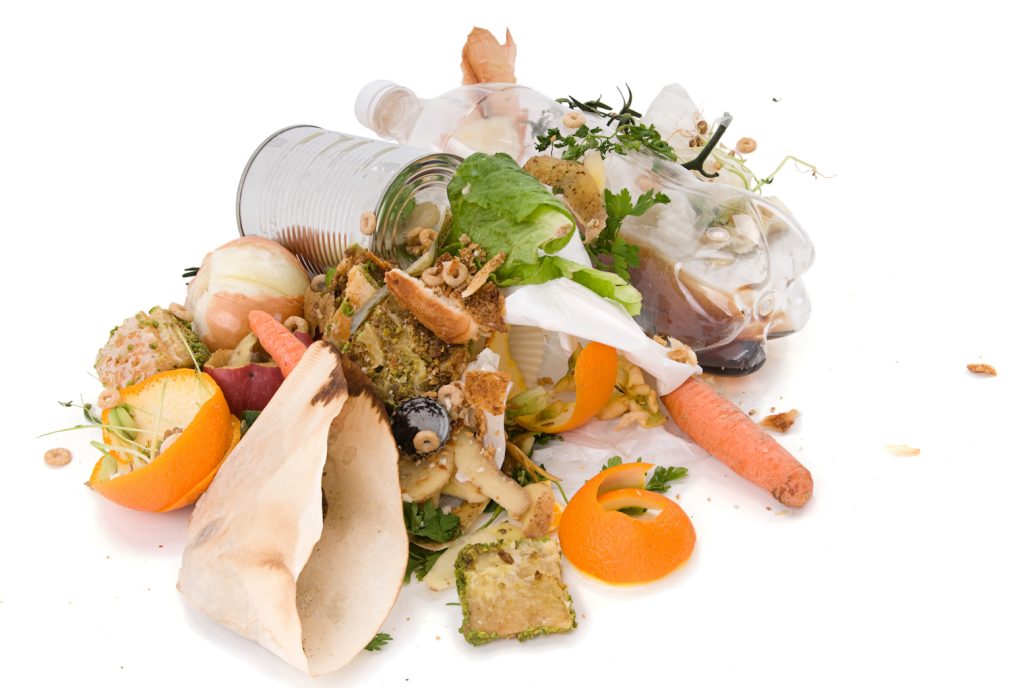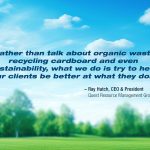Tackling Food Waste – Retail Organics Recycling
Marinate on this for a second, ‘in-store food losses in the United States totaled an estimated 43 billion pounds in 2008, equivalent to 10 percent of the total food supply at the retail level’ according to ‘Wasted’ – an NRDC issue paper. Traditionally food losses occur in the following departments;
- Produce
- Meats/Seafood
- Prepared foods
- Baked goods
As you can see, the common thread among the food types where the most loss/waste occurs is that they are all perishable. This in and of itself is probably not much of a surprise to most.

One industry consultant even estimates that up to one in seven truckloads of perishables delivered to the grocer is thrown away1. However even armed with statistics and awareness, food losses remain an issue year after year for most grocers. According to ‘Wasted’, there are several reasons food waste continues to be an operational challenge such as;
- Overstocked product displays
- The expectation of cosmetic perfection
- Pack sizes are too large
- Availability of fresh, ready food until closing
- Expired sell-by dates
- Damaged/outdated goods
- Unpopular items
Is there a way to eliminate some or even all of this waste? Absolutely! And it is easy to implement. Implementing a food recycling program will help you reduce your operational costs while helping the environment and local community reduce waste.
Recently we authored ‘TOP 5 GROCER BENEFITS TO PARTICIPATING IN A FOOD RECYCLING PROGRAM’, an E-guide outlining the benefits of food recycling programs (used as animal feed). To learn more about how implementing a retail organics recycling program can benefit your grocery chain;
1 Source: Beswick, P. et al, “A Retailer’s Recipe for Fresher Food and Far Less Shrink,” Oliver Wyman, Boston.









